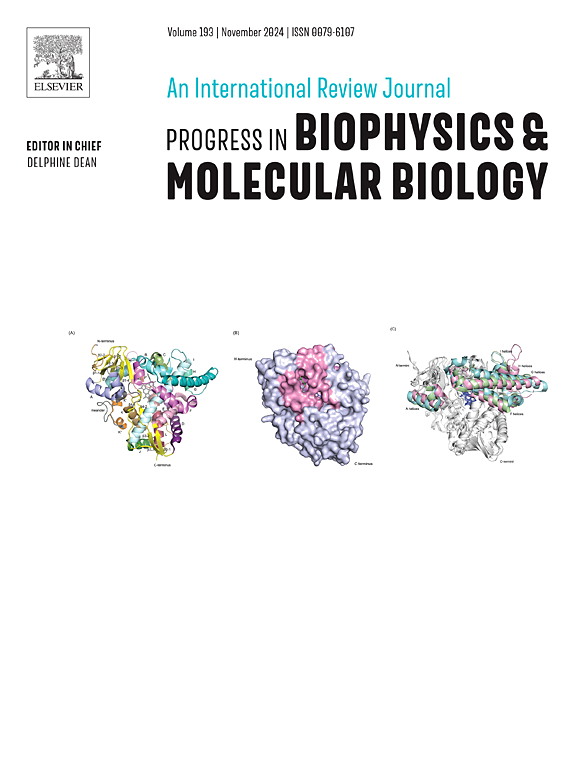细胞分离:关于推进生物医学研究和应用的技术、挑战和机遇的综述。
IF 4.5
3区 生物学
Q2 BIOCHEMISTRY & MOLECULAR BIOLOGY
Progress in Biophysics & Molecular Biology
Pub Date : 2025-02-27
DOI:10.1016/j.pbiomolbio.2025.02.004
引用次数: 0
摘要
体外培养活细胞是一个涉及多种技术的复杂过程。尽管取得了进步,但收获细胞仍然具有挑战性,特别是在新兴和大规模细胞培养技术的背景下。酶贴壁细胞收集是最常用和最强大的技术,但可能对细胞造成伤害。非酶分离方法具有优势,但也存在挑战。热响应聚合物需要精确控制分子特性和热响应膜的厚度,这使得这种方法不那么可靠,而且更昂贵。这篇综述强调了控制收获细胞质量及其与细胞结合和脱离机制的关系的重要性。许多替代方法尚未被广泛分析,它们对细胞质量的影响超出标准活力测定尚不清楚。随着细胞制造行业的扩张,为生物反应器微载体开发稳健的细胞收集方法是一个迅速增长的挑战。具有刺激响应涂层的微载体面临着类似于实验室规模的细胞培养皿所观察到的挑战,并且带来了对微珠回收考虑的额外需求。所有这些都强调了生物材料和生物技术研究对细胞制造的重要性。本文章由计算机程序翻译,如有差异,请以英文原文为准。

Cell detachment: A review of techniques, challenges, and opportunities for advancing biomedical research and applications
Culturing living cells outside the body is a complex process involving various techniques. Despite advances, harvesting cells remains challenging, especially in light of new emerging and scaled-up cell culture technologies. Enzymatic adherent cell harvesting is the most used and robust technology but can harm cells. Non-enzymatic detachment methods offer advantages but also present challenges. Thermo-responsive polymers require precise control of the molecular characteristics and thickness of the thermoresponsive films, which makes this method less robust and more expensive. This review highlights the importance of controlling harvested cell quality and its relationship to cell binding and detachment mechanisms. Many alternative methods have not been extensively analyzed, and their impact on cell quality beyond standard viability assays is not yet known. Developing robust cell harvesting methods for bioreactor microcarriers is a rapidly growing challenge as the cell manufacturing industry expands. Microcarriers with stimuli-responsive coatings face challenges similar to those observed for laboratory-scale cell dishes and bring an additional aspect of the need for microbead recycling consideration. All that together underlines the importance of the research in biomaterials and biotechnology for cell manufacturing.
求助全文
通过发布文献求助,成功后即可免费获取论文全文。
去求助
来源期刊

Progress in Biophysics & Molecular Biology
生物-生化与分子生物学
CiteScore
8.60
自引率
7.90%
发文量
85
审稿时长
85 days
期刊介绍:
Progress in Biophysics & Molecular Biology is an international review journal and covers the ground between the physical and biological sciences since its launch in 1950. It indicates to the physicist the great variety of unsolved problems awaiting attention in biology and medicine. The biologist and biochemist will find that this journal presents new and stimulating ideas and novel approaches to studying and influencing structural and functional properties of the living organism. This journal will be of particular interest to biophysicists, biologists, biochemists, cell physiologists, systems biologists, and molecular biologists.
 求助内容:
求助内容: 应助结果提醒方式:
应助结果提醒方式:


